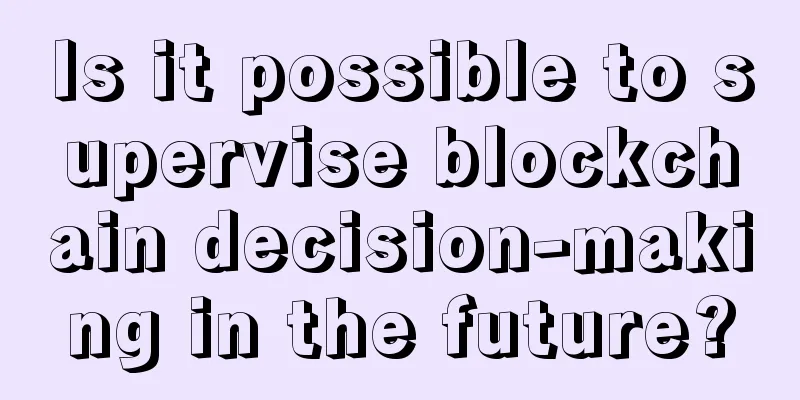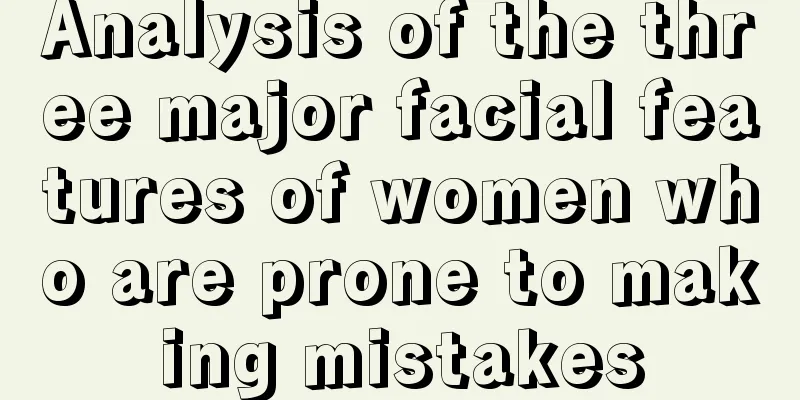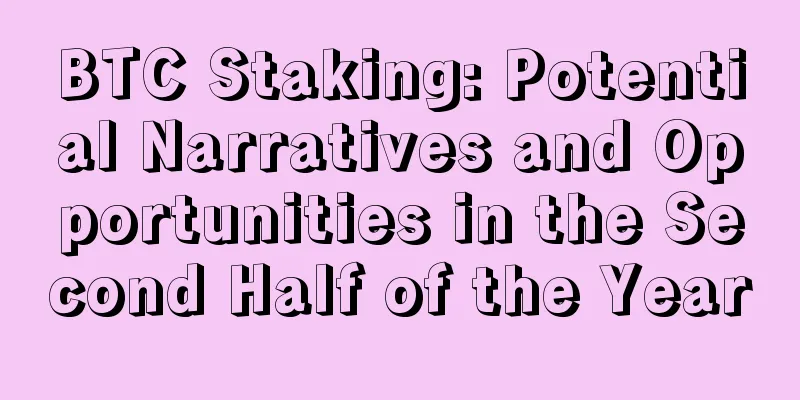Is it possible to supervise blockchain decision-making in the future?

|
Hype aside, “blockchain” at its core is a software concept similar to a relational database or BitTorrent. Supporters believe that blockchain technology is designed to bring changes to real estate, accounting, securities and other industries. But how should the technology be regulated? More precisely, "Should blockchain be regulated? If so, how?" Lawmakers often try to craft regulations that are “technology neutral.” Indeed, one of the most pressing criticisms of New York’s BitLicense regulations is that it strays from that term. When regulations are created for specific technologies, there is also the risk that rapid innovation will lead to the legal void (e.g. the US Semiconductor Protection Act). The term “blockchain” has only been used for a few years, and no one is confident that this particular iteration of the technology will win out (although some people working on blockchain prediction markets can help in this regard). However, some people still believe that blockchain technology has great development prospects, even if there are very few blockchain applications in the industry at present. A consensus is forming in developed countries that the benefits and costs of blockchain should be accurately analyzed before the government introduces relevant regulations. This analysis is crucial to avoid stifling the desirable changes that blockchain could bring in the name of possible social costs. Blockchain technology may require significant costs in its implementation, but it can also bring huge benefits. A futile effort Even if a convincing case could be made for regulating blockchains, how exactly would one do that? By regulating the code created by coders? The United States’ efforts to regulate cryptocurrencies in the 1990s proved these approaches futile. Focusing on the end rather than the means of blockchain development is a more promising regulatory approach. However, the “ends” of blockchain are too diverse for this to be of much use. Time wasted on developing regulations for blockchain technology means time not being spent on regulating larger societal issues. Bitcoin and Ethereum are the two largest public blockchains in the ecosystem, with a combined global market capitalization of around $10 billion. By comparison, gold trades at $10 trillion per quarter. So regulators have bigger fish to fish for — time spent on blockchains means time wasted on dealing with bigger problems. It may be possible in the future However, this is not to say that blockchain regulation will never be necessary. Blockchain technology may bring huge changes to highly regulated industries in the future, such as securities trading or real estate. If new blockchain technology reduces the number of middlemen (layers) in the industry, then these technological changes may trigger the need for regulatory changes. If blockchain businesses and applications are able to incorporate an intermediate layer of regulatory systems, then there will be a need to consolidate or rethink regulatory schemes to adapt to the new reality. For example, if there is a system that handles land title registration, viewing and transfer, then perhaps a regulator could be merged to oversee that system, since that system completely replaces the functions of the old regulator. Embedding blockchain technology into products and services will create a decentralized world. Current services, jobs and industries will also be transformed by blockchain technology. However, there is no evidence that these changes are clear, urgent or large enough to warrant any form of comprehensive regulation of blockchain technology. Original: http://www.coindesk.com By Addison Cameron-Huff Compiled by: Kyle Source (translation): Babbitt Information |
<<: Coin Zone Trends: Bitcoin Price Trends Based on Big Data This Week (2016-04-13)
>>: France uses blockchain technology to certify university diplomas, and China will follow
Recommend
A person who is very filial to his parents
It is said that lust is the root of all evil and ...
Exposure and Leakage of Money
Exposure and Leakage of Money A few days ago, on ...
Popular Science丨What is Cryptocurrency Mining?
Author | Jerry Qi Source: btcwires I was already ...
Bitcoin mining company Northern Data AG plans $500 million IPO
This article is from Bitcoin.com, author: Jamie R...
What kind of face does a man have?
In fact, sometimes women are not afraid of meetin...
Understand "mining hijacking" in one article and refuse to become a "free miner"
Cryptojacking, also known as cryptojacking, is th...
What is the fate of people with a bulge on the back of their heads?
What is the fate of people with a bulge on the ba...
What is the face of E Ying Tian Xia Yi Shi Rong Hua?
The forehead is a very important part of the face...
How does a wide eyebrow look?
In traditional Chinese physiognomy, the thickness...
Palmistry: Short life or long life
China is a country with a long history. During th...
What is four white eyes
There are many types of white eyes, including one...
Data: 58% of game studios have begun to adopt blockchain technology, and 47% use NFT as game assets
The new study, conducted by insight agency Opinio...
China's social security system begins using blockchain to reduce costs and improve efficiency
The Chinese government is using blockchain techno...
A mole behind the earlobe indicates wealth.
The earlobe is a place that many people use to ju...
What are the palmistry characteristics of being good at financial management?
In modern society, the demand for money is very h...









